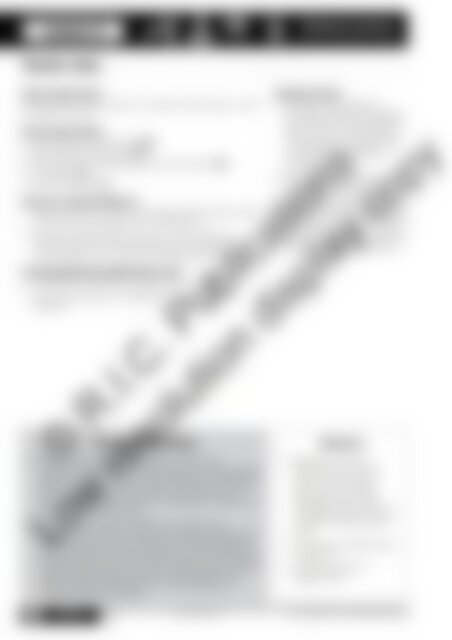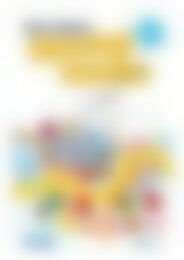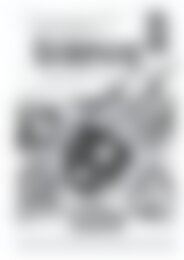6172RB Science a STEM approach Year 2 low res watermark
Create successful ePaper yourself
Turn your PDF publications into a flip-book with our unique Google optimized e-Paper software.
Lesson 5<br />
Chemical sciences<br />
LIVING IN A MATERIAL WORLD<br />
Teacher notes<br />
<strong>Science</strong> inquiry focus:<br />
What happens to the property of materials when they are used<br />
to create a mixture?<br />
<strong>Science</strong> Inquiry Skills:<br />
• Questioning and predicting QP<br />
• Planning and conducting PC<br />
• Processing and analysing data and information PA<br />
• Evaluating E<br />
• Communicating C<br />
<strong>Science</strong> as a Human Endeavour:<br />
• Students observe mixtu<strong>res</strong> of materials, ask questions about<br />
and describe properties of the combinations.<br />
• Students understand that science is used in daily life,<br />
including when combining materials; for example, when<br />
stirring sugar into a cup of tea or adding salt to a recipe.<br />
Technology/Engineering/Mathematics links:<br />
• allocating a combination of materials to a category<br />
• observing similarities and differences in properties of<br />
materials<br />
Background information<br />
• Mixing materials together creates a mixture. The<br />
substances are physically combined and can be separated<br />
again by methods such as sieving, filtering or evaporating.<br />
The change can be reversed and a new material is not<br />
formed. For example, when salt is dissolved in water it can<br />
be retrieved by evaporation.<br />
• Mixing some materials together can create a new<br />
substance. In this case, a chemical change has taken place<br />
which usually cannot be reversed. The original materials<br />
cannot be easily retrieved. Properties can be altered when<br />
materials are mixed. For example, vinegar when combined<br />
with bicarbonate soda causes a chemical reaction and<br />
carbon dioxide bubbling to occur. The substance is<br />
changed and not reversible.<br />
Assessment focus:<br />
• Use pages 59 and 60 as a<br />
formative assessment to gauge<br />
the student’s understanding of<br />
what a mixture is and whether<br />
it changes the ingredients into<br />
a new substance with new<br />
properties.<br />
• Students can be asked to<br />
choose one combination of<br />
materials, such as vinegar and<br />
oil, and write and/or draw about<br />
the <strong>res</strong>ult of the experiment and<br />
the change in properties of the<br />
materials. This may be used as a<br />
formative assessment activity.<br />
Resources<br />
• Materials for mixing<br />
experiments—flour and<br />
water, oil and vinegar,<br />
lemon juice and icing,<br />
detergent and oil, flour<br />
and eggs, sugar and water,<br />
vinegar and bicarbonate<br />
soda<br />
• Scanned or enlarged copy<br />
of page 58<br />
• Sufficient copies of<br />
pages 59–60<br />
© R.I.C. Publications<br />
Low <strong>res</strong>olution display copy<br />
56 <strong>Science</strong>:<br />
A <strong>STEM</strong> APPROACH<br />
YEAR<br />
2<br />
978-1-925431-95-7 R.I.C. Publications® – www.ricpublications.com.au


















